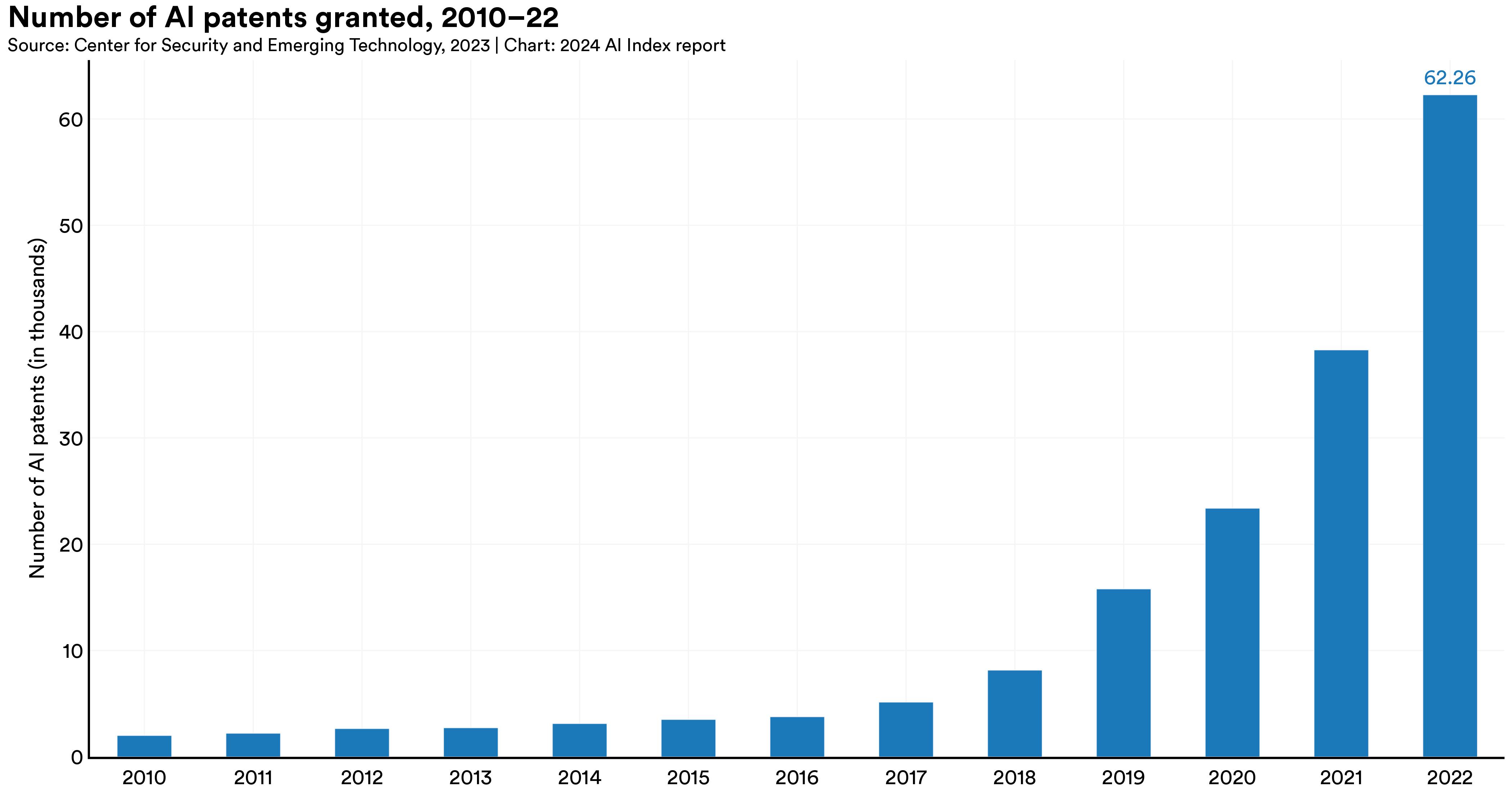The dD blog

Interested in AI?

From 2021 to 2022, AI patent grants worldwide increased sharply by 62.7%. Since 2010, the number of granted AI patents has increased more than 31 times.1
I created this blog to serve as a resource for individuals who, like me, are fascinated by Artificial Intelligence (AI) and its potential applications. I’m particularly interested in exploring how Machine Learning, the foundation of modern AI, can enhance the design of physical products and processes with a learning approach called Reinforcement Learning (RL).
Why invest in the intricate technology of ML?
The answer lies in its transformative power and the ability to deliver “original solutions”.
By embedding ML capabilities, you can equip your product with intelligence, enabling it to adapt, learn, and improve over time, delivering exceptional value and competitive advantage. The result is a product with improved product-market fit and strong differentiation.
ML is a remarkable technology with immense potential. Unlike traditional programming, where every step is explicitly defined by the programmer, it enables machines to process data and make decisions autonomously. This means they can perform tasks that were previously thought to be beyond the capabilities of computers, even without being explicitly instructed.
To design an AI centered product requires a broad skillset, and this is what I have tried to build for myself in the last few years. Building upon my foundation in mechanical engineering and industry experience, I’ve developed a comprehensive skill set aligned with the RL pipeline: programming (Python), interacting with the environment (embedded systems, IOT), creating, training and deploying the autonomous agent (edge and cloud computing).
This blog isn’t a comprehensive course. There are countless excellent resources available both online and offline for in-depth learning. It also doesn’t aim to provide step-by-step instructions. AI communities and research papers are ideal for that. Instead, it showcases valuable content for a deeper understanding and practical application. Visual aids, like diagrams, will be a staple in my posts. They’re essential for solidifying new concepts.
To conclude this introduction and provide some personal context, I’d like to share a brief anecdote about the term “original solutions” which I find more tangible than innovation. My personal story highlights why the term is deeply ingrained in my mindset and how seeking original solutions has always been my guiding principle, regardless of the industry I’ve worked in.
I graduated at the École Polytechnique Fédérale de Lausanne in Switzerland (EPFL), a great university 2 in a wonderful location.

Following my studies, I had the privilege of serving as an assistant engineer in the department of machine design for two years. I fondly recall teaching, helping students in the metrology lab, and contributing to research and industry projects. At the conclusion of my assistantship, I was honored to receive a certificate 3 from Mr. Spinnler, the department head, who had also been one of my professors during my studies. The best recommendation I ever received! 💯 🏆 At the end of the document the epiphany: “Mr. Monticelli is an excellent engineer. He has a keen sense of problem analysis and often finds original solutions…”. ⚡ A lightning struck! There it was. My differentiating expertise. My personal brand. And the quest for original solutions became a neural pathway etched into my brain.
Intrigued? Follow along as we explore the possibilities of original AI solutions.
-
The AI Index 2024 Annual Report by Stanford University is licensed under Attribution-NoDerivatives 4.0 International ↩︎
-
Rank #10 QS World University Rankings by Subject 2024: Engineering & Technology ↩︎
-
View the assistantship certificate on my LinkedIn profile:
↩︎